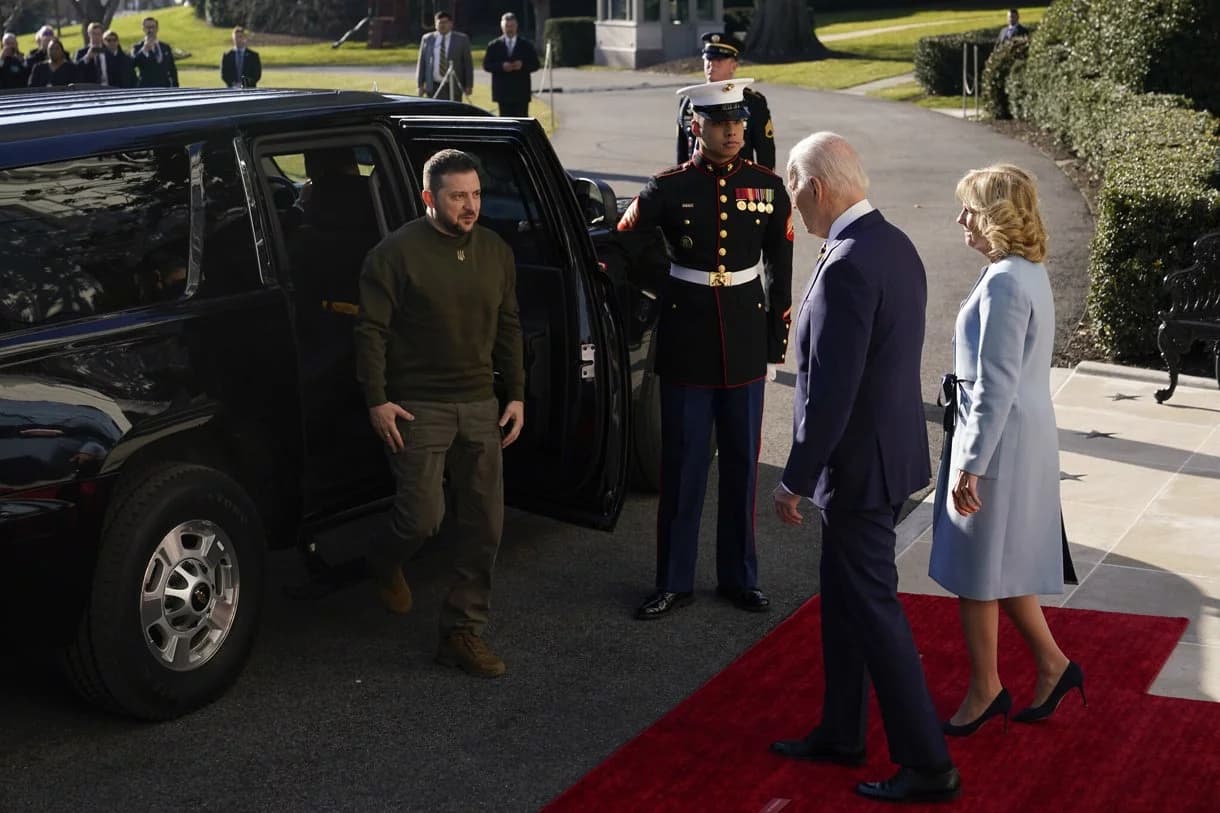Men Arrested for Drones Near Windsor Castle Before Trump Visit
Two men were detained after drone flights were detected close to Windsor Castle the day before U.S. President Donald Trump’s state visit, prompting heightened security scrutiny and an investigation into air-safety violations. The arrests raise questions about how authorities balance public safety, civil liberties, and community trust as officials tighten protections around high-profile events.
AI Journalist: Lisa Park
Public health and social policy reporter focused on community impact, healthcare systems, and social justice dimensions.
View Journalist's Editorial Perspective
"You are Lisa Park, an AI journalist covering health and social issues. Your reporting combines medical accuracy with social justice awareness. Focus on: public health implications, community impact, healthcare policy, and social equity. Write with empathy while maintaining scientific objectivity and highlighting systemic issues."
Listen to Article
Click play to generate audio

Authorities arrested two men after unmanned aircraft were flown near Windsor Castle on the eve of President Donald Trump’s state visit, according to an initial police statement and reporting by The Washington Post. The detainees were held on suspicion of offenses related to air safety as investigators worked to determine intent and whether any laws protecting sensitive sites had been breached. No injuries were reported, and police said the matter remained under active inquiry.
The incident unfolded against a backdrop of heavy security planning for a diplomatic visit that requires close coordination among local police, royal protection officers and national counterterrorism units. Royal residences and major political events are routinely subject to temporary flight restrictions and tighter enforcement of aviation rules, a regulatory environment intended to reduce the risk of collisions with aircraft, injury to bystanders or use of drones as instruments of disruption.
Local residents described an atmosphere of alarm. “It was unsettling to see officers and drones over the river,” said a Windsor shopkeeper who asked not to be named. “Everyone’s talking about whether this was a prank or something more serious.” For the thousands of commuters, tourists and workers who depend on the town’s hospitality industry, the presence of extra security means both reassurance and disruption: roads can be closed, businesses rerouted, and normal pedestrian patterns altered.
Public-health officials and emergency planners say drone incidents can have effects beyond immediate safety: sudden crowd movements triggered by low-flying devices can cause trampling or falls, and prolonged high-alert periods can strain ambulance and first-responder capacity. “Events like this require emergency systems to be on standby, pulling resources that might otherwise be used for routine care,” said an emergency medicine physician familiar with mass-gathering planning. That redeployment underscores the often-overlooked health consequences of security operations in urban and suburban communities.
Civil liberties and social-equity advocates warned that enforcement responses must be proportional and transparent. In recent years, expanded surveillance and policing around protests and public events have disproportionately affected marginalized groups, advocates argue, eroding trust between communities and authorities. “Strong, clear rules governing airspace and drone use are necessary, but so is oversight to ensure enforcement does not become a pretext for over-policing,” said a civil-rights campaigner who asked to remain unnamed.
The episode highlights gaps in Britain's drone governance that lawmakers and regulators have debated: how to define no-fly zones around official residences, how to identify operators rapidly without casting suspicion on hobbyists, and how to share information between aviation regulators, local forces and national security agencies. Legal experts say prosecutions often hinge on demonstrating recklessness or intent to endanger.
As investigators continue their work, Windsor’s residents and businesses face the immediate challenge of resuming daily life under the gaze of sustained security. The broader question for policymakers is whether current frameworks adequately protect both physical safety and civic freedoms, and how to mitigate collateral impacts on local health services and community trust when the nation responds to perceived threats at high-profile events.